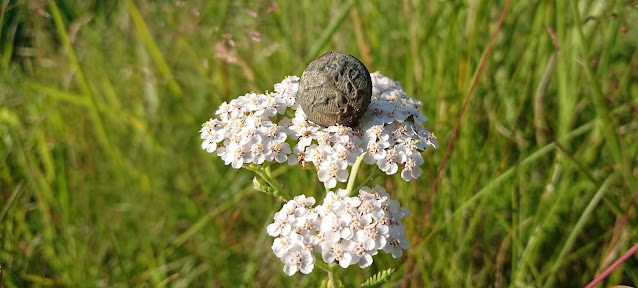Excavating the Airfield – Research of Feldluftpark Pori Continues

After the educational excavation organized for the students of PSYL, our team was joined by a group of participants through Pori adult education centre. With their kind assistance, we were able to continue excavating the Luftwaffe Airfield and to finish the first field season of Feldluftpark Pori research project. While the finds are currently going through some cleaning and cataloging, a few words can be shared of the excavation itself. Even if the weather was not always favorable, the work continued! With this new group, we continued the trench that had already been started with the high school students earlier – that being the unknown German barracks building at the very outskirts of the base. We also opened up a larger test trench over a German trash pit, with hopes of getting a larger sample of wartime German belongings. As the main excavation trench was already almost finished, it didn't take long for us to finish the job. One of the main goals for us was to empty the "...









